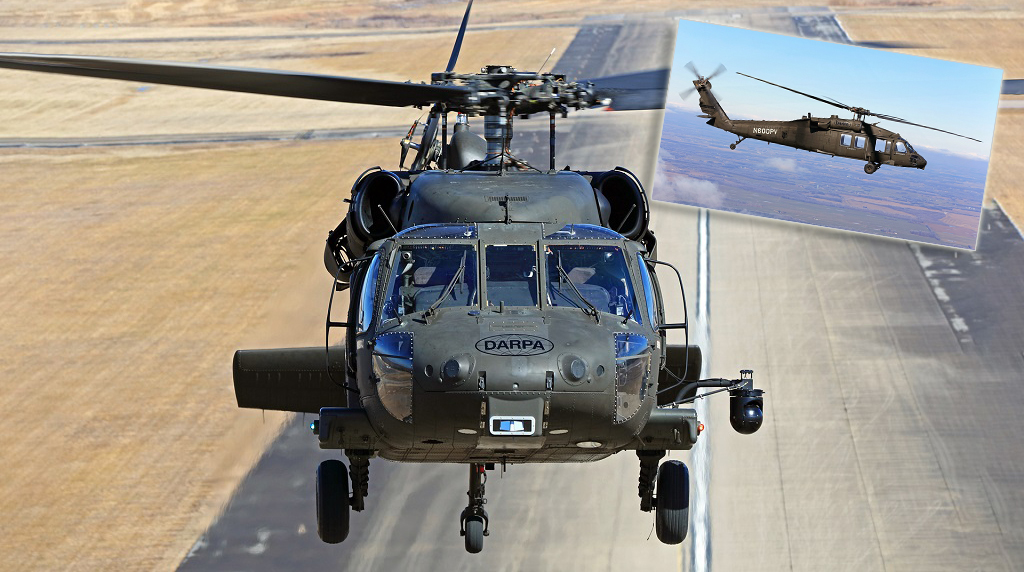The Influence of Lasting Practices on the Future of Airplane Workflow and Emissions Decrease
As the air travel market encounters boosting analysis over its environmental influence, the fostering of lasting techniques arises as an essential pathway towards future airplane operations and emissions decrease. Technologies in lasting aeronautics fuels and developments in crossbreed propulsion modern technologies stand at the leading edge of this transformation, appealing considerable reductions in greenhouse gas emissions.

Summary of Sustainable Practices
Sustainable techniques in airplane procedures incorporate a series of strategies intended at decreasing environmental effect while preserving operational efficiency. These practices are important in the aviation market's dedication to minimizing its carbon footprint and sticking to international environmental requirements. Secret efforts include enhancing trip courses to lower gas usage, boosting upkeep procedures to guarantee airplane run at peak performance, and applying sophisticated modern technologies such as winglets and light-weight materials that enhance aerodynamics.

Training and involving personnel on sustainability techniques likewise play a crucial duty, fostering a society of ecological obligation within organizations. Overall, the combination of these lasting techniques not only assists lower exhausts but also boosts the long-term stability of the aviation field, ensuring it meets the needs of both customers and regulative bodies while adding to international sustainability goals.
Innovative Gas Alternatives
Many cutting-edge fuel options are becoming crucial solutions to reduce the aviation industry's dependence on typical nonrenewable fuel sources. Among these options, Sustainable Aviation Gas (SAFs) have actually obtained substantial focus due to their potential to reduce lifecycle greenhouse gas exhausts by as much as 80% compared to conventional jet fuels. SAFs are stemmed from different feedstocks, including waste oils, farming deposits, and also algae, making them a flexible option for the market.
One more promising alternative is hydrogen gas, which, when made use of in gas cells, creates only water vapor as a byproduct. Furthermore, electrical propulsion systems are being checked out, leveraging battery technology to power aircraft.
Lastly, biofuels originated from biomass are being investigated, providing an eco-friendly option that can be mixed with conventional gas. Collectively, these innovative fuel choices represent an essential step toward accomplishing a sustainable air travel ecosystem, straightening with global exhausts reduction targets and boosting the market's ecological stewardship.
Technical Advancements in Aeronautics

Just how can technological improvements reshape the future of air travel? The integration of innovative modern technologies is crucial in transforming airplane operations, enhancing performance, and reducing discharges. Advancements such as hybrid and electrical propulsion systems are at the center, appealing substantial reductions in fuel intake and greenhouse gas discharges. These systems utilize developments in battery modern technology and energy management, enabling airplane to run with a lower environmental impact.
Additionally, the implementation of advanced products, such as light-weight composites, adds to enhanced aerodynamics and gas efficiency. Using expert system and artificial intelligence in trip procedures optimizes course preparation and reduces fuel shed by enabling real-time modifications based upon weather and traffic problems. Furthermore, the growth of independent and from another location piloted airplane systems stands to revolutionize freight and passenger transport, potentially enhancing efficiency while lessening human error.
Additionally, sustainable air travel modern technologies, consisting of sophisticated air website traffic management systems, can improve company website procedures and reduce congestion, resulting in lower discharges throughout flight. These developments collectively represent a paradigm change in aeronautics, promising a future where sustainability and operational efficiency are intertwined, thereby supporting the market's commitment to reducing its ecological influence.

Regulative Framework and Compliance
Due to the expanding focus on environmental stewardship within the air travel industry, the regulative structure governing aircraft operations is advancing to advertise sustainable practices. Regulatory bodies, such as the International Civil Aviation Organization (ICAO) and numerous national aviation authorities, are presenting rigorous standards focused on decreasing discharges and enhancing operational efficiency.
These regulations typically consist of the adoption of Lasting Aeronautics Gas (SAF), which has been acknowledged as a crucial component in attaining lower carbon impacts. Conformity with these policies requires airline companies to execute functional practices and innovative modern technologies, such as optimized flight courses and enhanced air traffic administration, to decrease gas consumption.
Additionally, the enforcement of emissions trading systems and carbon balancing out campaigns is ending up being increasingly common, engaging airline companies to keep an eye on and report their emissions accurately. Non-compliance can cause significant charges, thus pressing drivers websites to prioritize sustainability in their organization designs.
Eventually, the evolving regulative landscape not just drives technology and investment in green innovations yet also fosters a culture of responsibility within the aviation sector. As these structures proceed to create, the concentrate on lasting methods will be important to achieving the market's long-term ecological objectives.
Future Trends in Airplane Procedures
As the aviation industry adapts to an increasingly strict regulatory environment, future patterns in aircraft procedures are readied to focus on cutting-edge solutions that better boost sustainability and effectiveness - uh 60. Key growths will likely consist of the adoption of sophisticated air website traffic administration systems, which make use of real-time information and fabricated intelligence to enhance flight courses, reducing gas intake and exhausts
Another significant trend is the enhanced assimilation of lasting air travel gas (SAFs) These choices to conventional jet gas, originated from eco-friendly resources, can significantly lower lifecycle greenhouse gas emissions. The market's dedication to SAFs will likely increase as airlines work together with fuel producers to ensure schedule and cost-effectiveness.
In addition, the press towards electrification and hybrid propulsion systems is obtaining momentum. Arising aircraft layouts will integrate these modern technologies, supplying quieter and much more reliable procedures, especially for short-haul flights.
Conclusion
The fostering of lasting aviation fuels, paired with developments in hybrid and electric propulsion systems, is vital for reducing lifecycle greenhouse gas exhausts. Enhancing flight courses and accepting ingenious technologies add to a quieter and much more environmentally friendly air travel sector.
Technologies in sustainable aviation gas and advancements in hybrid propulsion innovations stand at the leading edge of this change, promising substantial decreases in greenhouse gas emissions.Countless ingenious gas choices are emerging as crucial remedies to reduce the aviation sector's reliance on typical fossil gas - uh 60. Amongst these choices, Sustainable Aeronautics Fuels (SAFs) have actually acquired substantial focus due to their prospective to reduce lifecycle greenhouse gas discharges by up to 80% compared to standard jet fuels.Another significant fad is the increased combination of lasting aeronautics gas (SAFs) The additional info fostering of lasting aviation gas, paired with advancements in electrical and hybrid propulsion systems, is crucial for reducing lifecycle greenhouse gas discharges